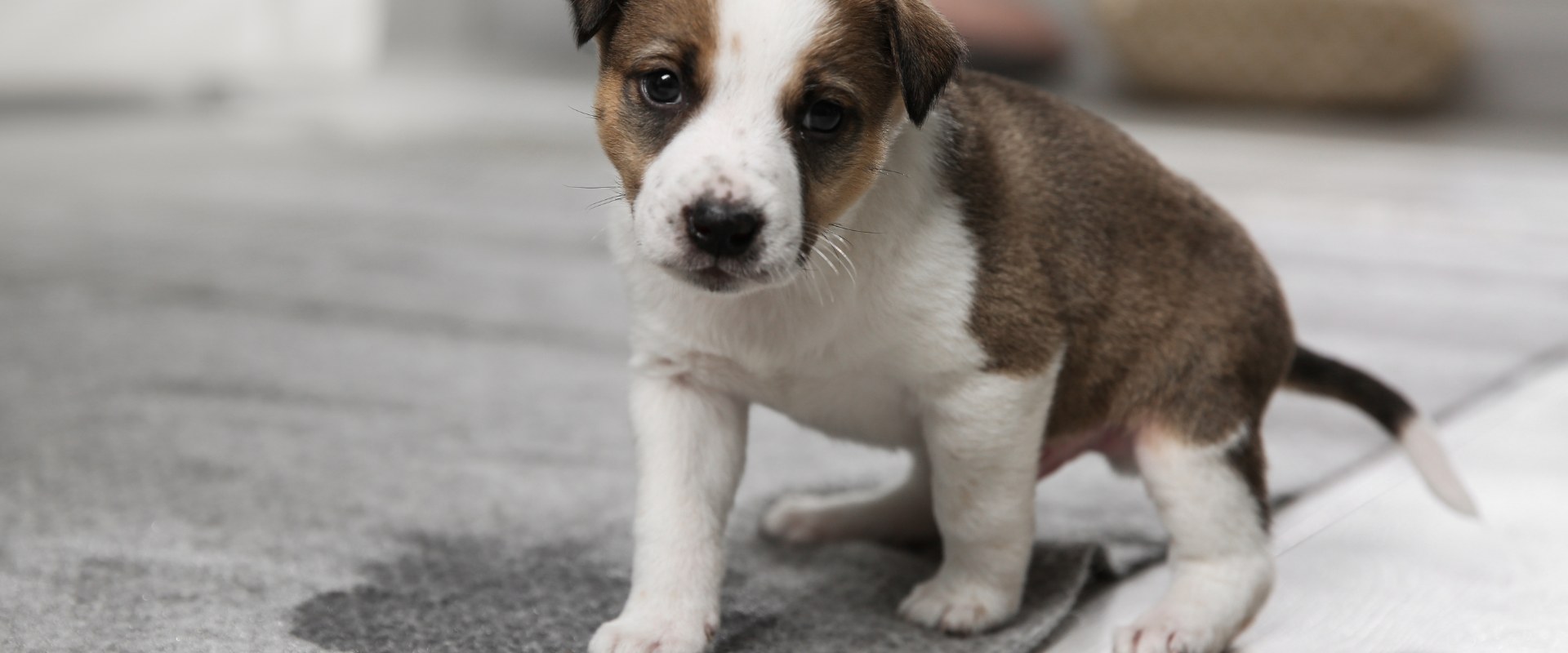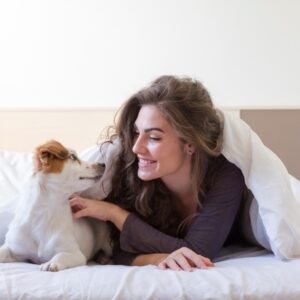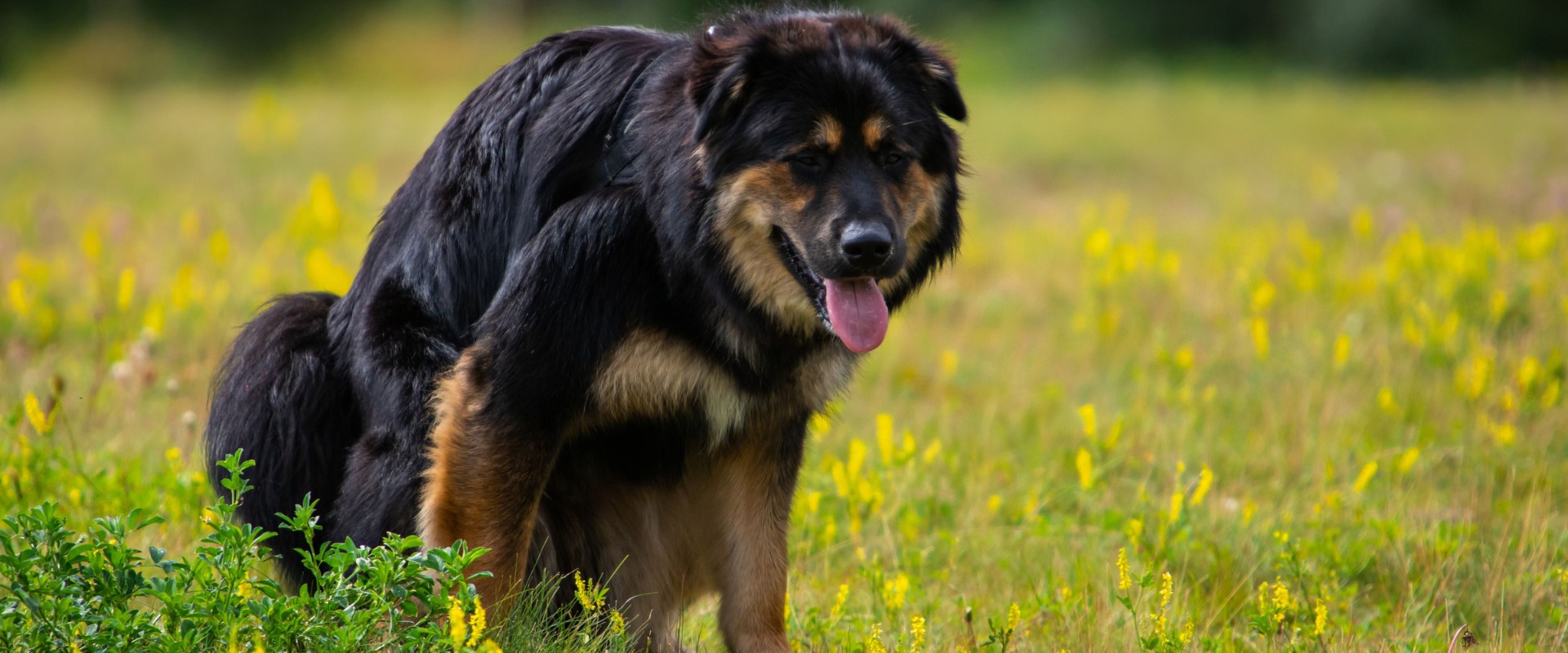For many, welcoming a dog into the home is an occasion of boundless joy—playful frolics, furry snuggles, and a new companion that promises unconditional love. Yet, amid the euphoria, pet owners encounter a persistent issue that chips away at their canine bliss: potty training. This critical component of dog ownership can be a source of significant stress, but understanding the nuances of successful training can turn accidents into achievements, and frustration into a lifelong bond.
The Impetus of Effective Potty Training for Dogs
The significance of successful potty training transcends the immediate comfort of a clean living space; it is the conduit for establishing a language of mutual understanding between owner and pet. A well-trained dog not only alleviates household messes but also demonstrates respect for hierarchy and routines. Effective potty training builds trust, encourages discipline, and solidifies the role of the owner as an authoritative yet loving leader.
Understanding the Issue: Why Won’t My Dog Potty Train?
The exasperating question many pet owners ask themselves, “Why won’t my dog potty train?” has multifaceted answers. It is often a blend of misunderstanding canine needs and behavior, underlying medical conditions, or even the training method itself.
Common Reasons for Potty Training Struggles
✽ Inconsistent Schedule: Dogs thrive with predictability and routine. An inconsistent potty schedule can confuse them, leading to accidents.
✽ Inadequate Training: Insufficient training or failing to convey the correct behavior expectations may result in prolonged accidents indoors.
✽ Fear of Outdoors: Some dogs, particularly those newly adopted from shelters, may have a fear of the outdoors or certain terrains, which hampers training.
✽ Separation Anxiety: Dogs with separation anxiety may exhibit stress-related behaviors, including potty accidents.
Behavioral vs. Medical Causes
Behavioral causes for potty accidents can range from marking territories to deliberate defiance due to disrupted routines. On the flip side, medical conditions such as urinary tract infections or digestive issues can contribute to sudden regressions in potty habits. Discerning the root cause is the first step towards effective resolution.

At What Age Can Dogs Potty Train?
The question of age and potty training is often significant. Puppies particularly have a smaller bladder capacity and a higher frequency of elimination needs, making them the most impressionable candidates for potty training. Typically, most puppies can be potty trained by the time they are four to six months old, while adult rescue dogs may require retraining.
Effective Training Techniques
Consistency in Schedule and Location
Crafting a potty schedule and sticking to it is the backbone of successful potty training. Regular outdoor trips to the same spot can help dogs associate the location with the desired behavior.
Positive Reinforcement Methods
Rewarding good behavior is a powerful tool. Treats, praise, and playtime can reinforce the message that pottying outside is highly desired.
Using Appropriate Cues
Teaching dogs “potty cues” such as phrases or even bells can create a communicative link. Repetition of the cue before, during, and after elimination helps dogs understand the desired outcome.
Addressing Challenges
Dealing with Accidents
When accidents happen, it’s crucial to remain calm. Punishment after the fact is ineffective as dogs do not associate it with the behavior. Instead, focus on redirecting them outside or cleaning the mess with a neutralizing agent to prevent repeat offenses.
Patience and Persistence
The training process can be a rollercoaster of wins and setbacks. Consistent training and unwavering patience are the keys to success. Each success is a step in the right direction, and each accident is a learning opportunity.
Effective Tools for Potty Training
Choosing the right tools can significantly enhance the potty training process, making it more efficient and less stressful for both pet and owner. Here are some effective tools commonly used in potty training dogs:
✻ Crate Training: Utilizing a crate exploits a dog’s natural instinct to not soil their sleeping area. It helps regulate a puppy’s potty schedule and teaches bladder control.
✻ Potty Pads: Ideal for apartment dwellers or during the initial stages of potty training, potty pads can help direct your dog where to eliminate when outdoors isn’t an immediate option.
✻ Cleaning Supplies: Enzyme-based cleaners are essential for effectively removing odor and stains, thereby preventing dogs from revisiting and re-soiling the area.
✻ Potty Bells: Training your dog to ring a bell when they need to go outside can be an effective communication method. It requires patience but offers a clear signal of your dog’s needs.
✻ Leashes and Harnesses: For scheduled potty breaks, using a specific leash or harness can signal to your dog that it’s time to go, helping them make the connection between being on a leash and potty time.
Incorporating these tools within your potty training regimen can streamline the process and guide your dog to success more reliably.
When to Consult a Veterinarian or Dog Trainer?
Persistent potty training issues can be daunting. If efforts yield no improvement, consider consulting a veterinarian to rule out medical issues or a professional dog trainer who can analyze the training technique and offer tailored advice.
Conclusion
Potty training is not only about training the dog; it’s about teaching pet owners the art of effective communication and leadership. While the process can be trying, the results—a well-behaved, disciplined, and loving dog—are more than rewarding. By understanding the factors at play and utilizing proven training techniques, pet owners can overcome the hurdles and pave the way for a harmonious cohabitation with their furry companions.



